As New York City enters Phase 2 of the state’s reopening plans during the COVID-19 pandemic, residential buildings must determine how, when, and even if they will resume certain functions and services that were shut down or curtailed in response to the crisis. To offer guidance to the market-rate sector, the Real Estate Board of New York (REBNY), along with building service workers union 32BJ SEIU and the Realty Advisory Board on Labor Relations (RAB), has issued a document that outlines best practices for owners and managers of multifamily rental, cooperative, and condominium buildings.
The 18-page guidance covers topics from alterations to apartment showings, identifying practices and procedures that buildings “should consider adopting to help protect the health and safety of residents, staff, and visitors as New York City begins to resume greater professional and social activities.” Following the directives and guidance issued by the Centers for Disease Control and Prevention (CDC) and the Health Departments of New York State and New York City, Best Practices for Market-Rate Residential Buildings in Phases One and Two of New York Forward During the Coronavirus (COVID-19) Crisis provides building owners and managers with practical measures they can apply to their communities, noting that each has unique considerations that should be taken into account when deciding and implementing changes to policies and practices.
According to REBNY, the guidance, published June 19, is consistent with requirements set forth in New York’s Interim Guidance for Real Estate Services During the COVID-19 Public Health Emergency, which establishes minimum standards for residential property management entities—both those deemed ‘essential’ and those not—during the emergency. The organization notes that unless and until rescinded or amended by the state, residential property management entities must read and comply with the interim guidance and submit a business attestation form to the state, in addition to completing, posting on-site, and making available for review a site safety plan that must be updated to reflect any new requirements and guidance issued by governmental and health authorities.
Notably, the guidance advises against reopening any ‘non-essential’ common spaces, both indoors and out. To the extent that such spaces remain open or reopen, says the document, seating areas must be modified and/or capacity limited to ensure that a social distancing separation of at least six feet is maintained. While ‘non-essential’ has not been specifically defined, examples given of amenities that should remain closed include gyms, fitness centers, game rooms, pools, communal kitchens or barbeque areas, entertainment centers, movie rooms, playrooms, and private clubs and restaurants.
In common areas that are deemed essential—such as laundry rooms, employee locker and break rooms, and community meeting facilities—and/or provide enough outdoor space where social distancing is feasible, operations should be adjusted to reduce density, allow for cleaning and disinfecting (following practices determined by the CDC and the New York City Department of Health and Mental Hygiene, and using disinfectant products approved by the Environmental Protection Agency), support social distancing, and ensure safe operations, per the guidance. Where applicable, owners and managers should train building staff on all updated protocols, ensure amenity spaces are appropriately supervised, and effectively communicate the changes to residents in advance of their effective dates.
In its own emailed announcement of the consortium’s best practices document, the Council of New York Cooperatives & Condominiums (CNYC) notes that individual boards of residential buildings can make decisions that are more restrictive than those suggested if deemed appropriate for the protection of their residents, staff, vendors, and visitors based on their buildings’ or communities’ specific circumstances. Attorneys familiar with multifamily building governance stress that all decisions should be properly documented and communicated to all affected parties, including owners/shareholders, residents and subtenants, commercial tenants, staff, vendors, contractors, and their employees and assignees.
More information on residential building reopening guidance can be found on the websites of both the city and the state. New York City has also launched a ‘business restart hotline’ to answer questions at 1-888-SBS-4NYC.



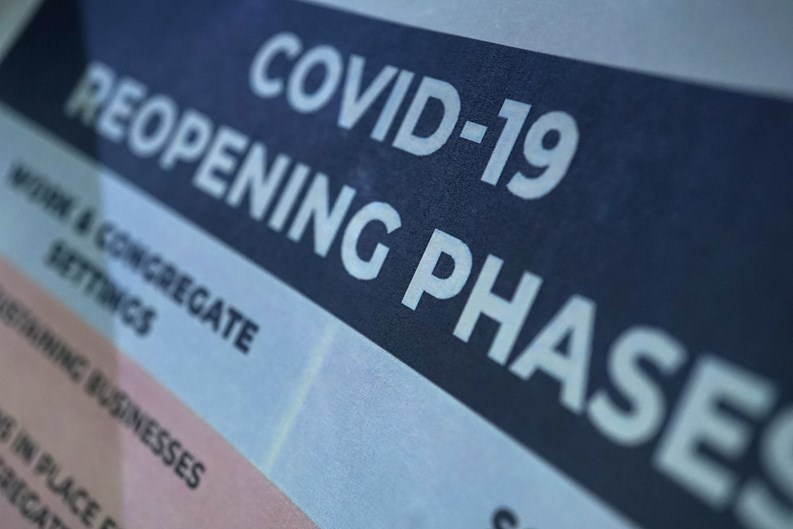
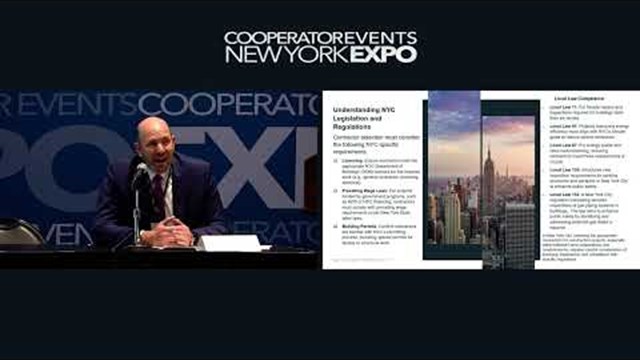
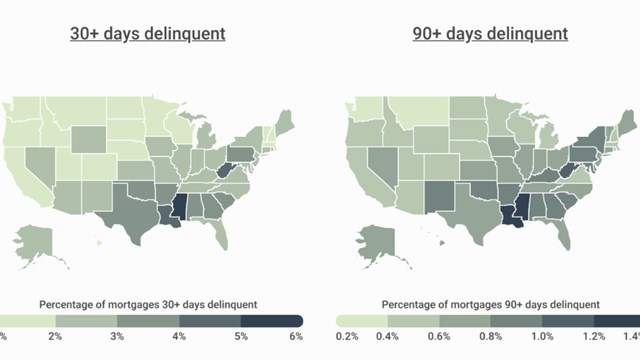
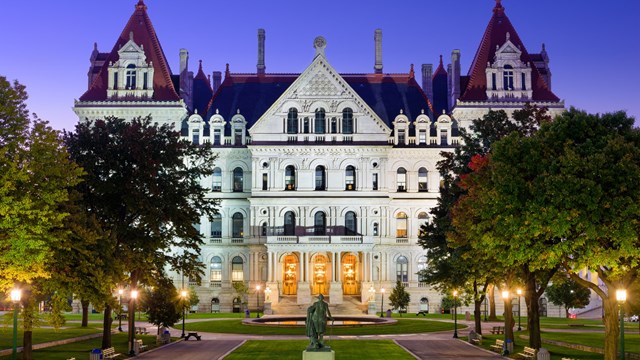

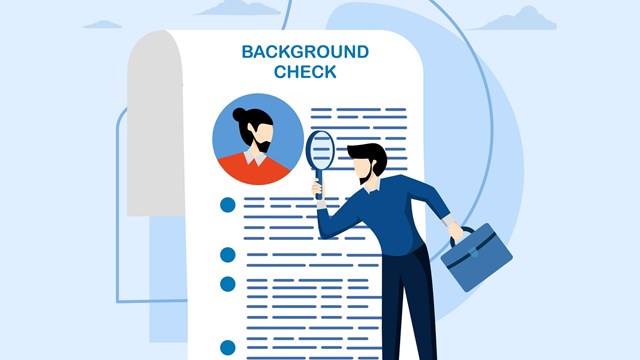
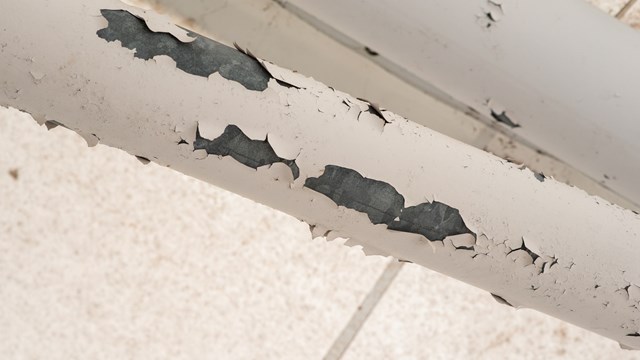
Leave a Comment